10 Must-Try German Mustard Sauce Tips: From Classic Recipes to Global Flavors
When it comes to global spice traditions, few condiments pack as much punch—and personality—as German mustard sauce. Whether you’re slathering it on a pretzel in Munich or jazzing up your homemade burgers stateside, this tangy, robust condiment has a flavor profile that’s hard to beat. But there’s more to German mustard than just heat and acidity—it’s a culinary chameleon with roots deep in European tradition.
In this article, we’ll take a flavorful journey through the history, varieties, and modern twists of German mustard sauce. Along the way, you'll get 10 practical tips to perfect your own versions at home, including how to adapt this classic to fit today’s global spice trends. Let’s dive in!
Table of Contents
- A Tangy Timeline: The History Behind German Mustard Sauce
- Hot, Mild, or Spicy? Exploring German Mustard Varieties
- DIY Magic: How to Make Your Own German Mustard Sauce
- 10 Practical Tips for Perfecting Your German Mustard Sauce
- From Germany to Everywhere: Creative Ways to Use It Globally
- Pair Like a Pro: What Foods Go Best with German Mustard?
- Storing & Aging: Does Mustard Get Better With Time?
- Final Thoughts: Embracing the Boldness of German Mustard Sauce
A Tangy Timeline: The History Behind German Mustard Sauce
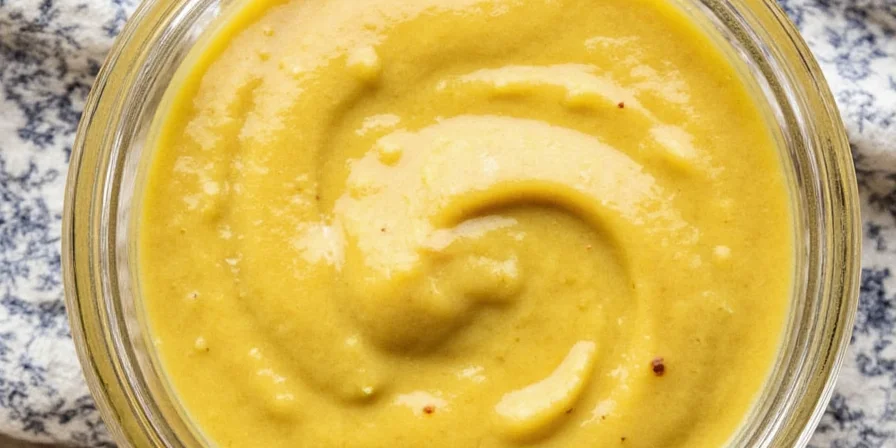
The story of German mustard begins centuries ago, with mustard seeds being used as both food and medicine by ancient civilizations. By the Middle Ages, mustard had become a staple in European kitchens—especially in Germany, where monks began grinding the seeds into pastes and sauces with vinegar, wine, and spices.
Unlike its French counterpart (which tends to be smoother and milder), German mustard took on a coarser texture and bolder flavor. Over time, regional variations emerged across the country—from sweet Bavarian styles to sharp Düsseldorf mustards. Today, German mustard sauce continues to evolve, finding its way into everything from gourmet burgers to fusion tacos.
Hot, Mild, or Spicy? Exploring German Mustard Varieties
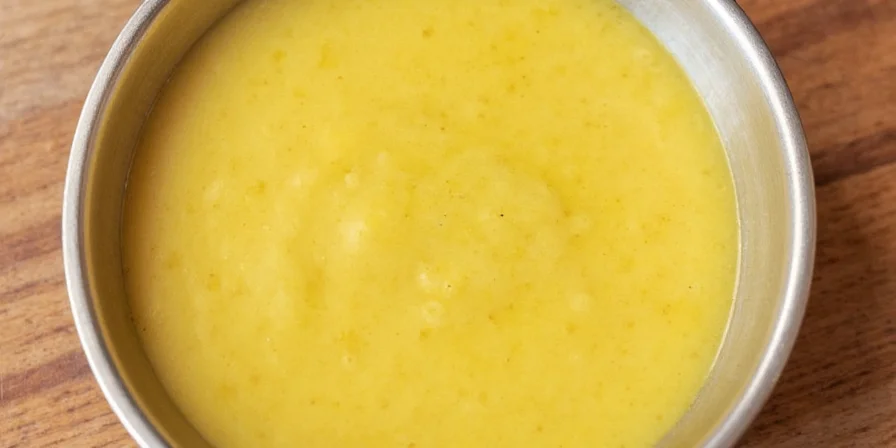
| Variety | Flavor Profile | Best For |
|---|---|---|
| Bayerisch Scharf (Bavarian Hot) | Fiery, coarse grind, with a spicy kick | Sausages, pretzels, grilled meats |
| Düsseldorfer Senf | Sharp, tangy, slightly smoky | Meat dishes, cheese platters |
| Frankfurter Grüner | Herb-infused, bright green color | Salads, potato dishes, sandwiches |
| Süßmostsenf | Sweet and sour, reminiscent of honey mustard | Cheese, cold cuts, dipping sauces |
DIY Magic: How to Make Your Own German Mustard Sauce
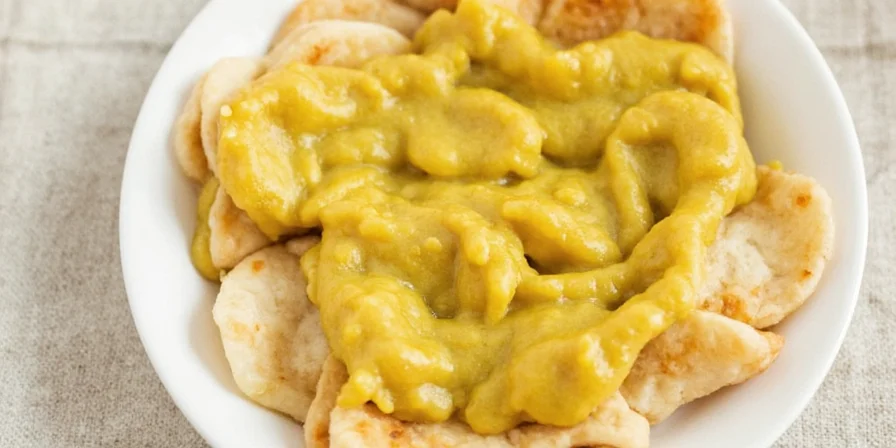
If you’ve never made mustard before, you might be surprised how easy it is! Here's a basic German-style mustard recipe to get you started:
Classic Homemade German Mustard Recipe
- 1/4 cup yellow mustard seeds
- 1/4 cup brown mustard seeds
- 1/2 cup white wine vinegar
- 1/4 cup water
- 1 tsp salt
- 1/2 tsp ground turmeric
- 1/4 tsp allspice (optional)
- Mix mustard seeds and vinegar in a bowl and let sit overnight.
- Add water and remaining ingredients, then blend until desired consistency is reached (coarse or smooth).
- Transfer to an airtight jar and refrigerate for at least 24 hours before using to allow flavors to develop.
10 Practical Tips for Perfecting Your German Mustard Sauce
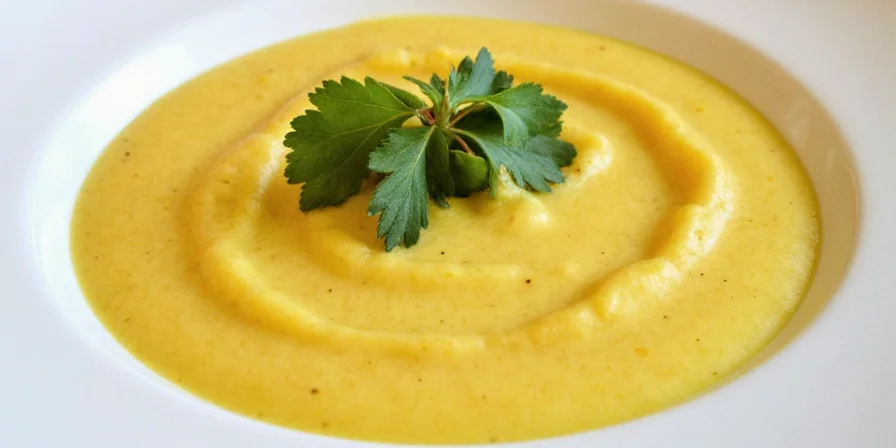
- Let it rest: Mustard needs time to mellow and develop flavor—wait at least 24 hours after making before tasting.
- Choose your acid: Vinegar, beer, or wine can each bring a unique twist. Try apple cider vinegar for a sweeter note or dark beer for a smoky depth.
- Grind control: For traditional German texture, leave some seeds whole. Blend only partially unless going for a smoother spread.
- Spice it up: Allspice, caraway, coriander, or even a dash of horseradish can elevate your mustard from basic to brilliant.
- Oil it up: A splash of oil (like olive or sunflower) adds richness and helps emulsify the mixture.
- Aging matters: Some mustards actually improve over weeks or months—store in a cool, dark place for richer flavor development.
- Test batches: Make small quantities first so you can tweak the recipe without wasting ingredients.
- Label everything: Keep track of which spices and acids you used—this makes future replication easier (and tastier).
- Use fresh seeds: Old mustard seeds lose potency. Buy from reputable sources and use within six months for best results.
- Balance sweetness: If your mustard is too harsh, add a touch of honey or maple syrup to balance the bitterness.
From Germany to Everywhere: Creative Ways to Use It Globally
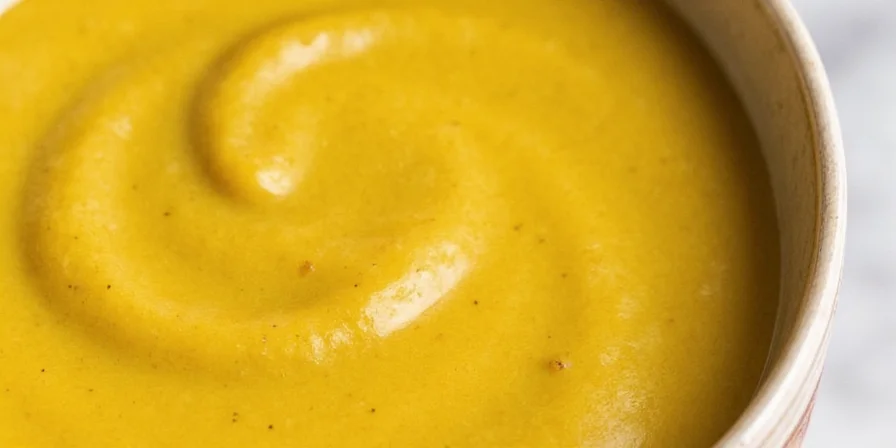
Gone are the days when mustard was just for sausages and pretzels. In today’s global kitchen, German mustard sauce is showing up in some surprising—and delicious—places:
- Tacos al Pastor with Mustard Slaw: Swap mayo for German mustard in your slaw for a bold, acidic crunch.
- Mustard-Glazed Salmon: Brush fish with a mix of mustard and honey before baking for a sweet-and-spicy crust.
- Asian Fusion Dipping Sauce: Combine German mustard with soy sauce, sesame oil, and chili garlic paste for a fiery dip.
- BBQ Mustard Marinade: Use coarse mustard as a base for barbecue rubs or marinades—great on ribs or chicken wings.
Pair Like a Pro: What Foods Go Best with German Mustard?
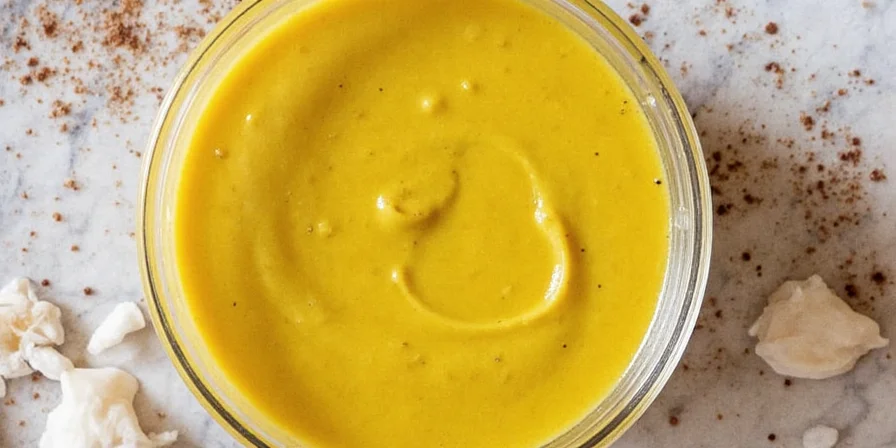
| Food Pairing | Why It Works |
|---|---|
| Bratwurst | Mustard cuts through the fattiness of sausage, enhancing flavor. |
| Pretzels | The salty-crunch combo loves a good slather of tangy mustard. |
| Cheese (Especially Aged Cheddar or Gouda) | The sharpness of mustard complements rich, aged cheeses beautifully. |
| Potato Salad | Especially German potato salad—add mustard to the dressing for extra zing. |
| Roasted Vegetables | Brush roasted carrots or beets with mustard for a caramelized finish. |
Storing & Aging: Does Mustard Get Better With Time?
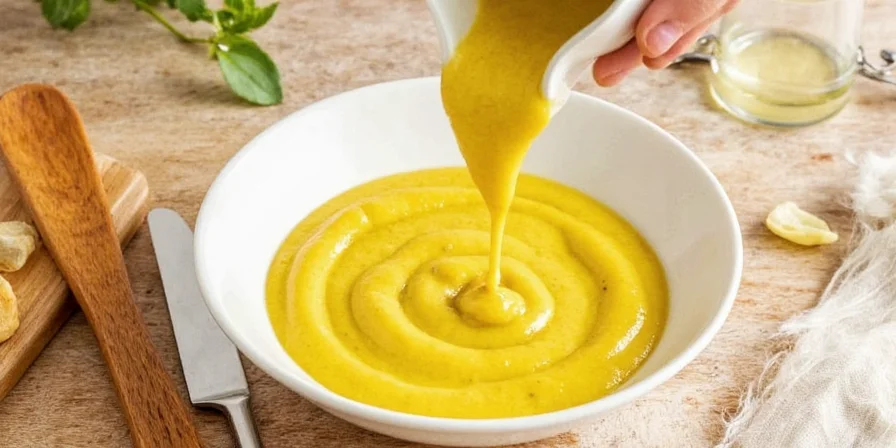
Yes! Much like fine wine or aged cheese, mustard can improve over time. Here’s how to store it for optimal flavor:
- Keep it sealed tightly in a cool, dark place like a pantry or cellar.
- Refrigeration isn’t always necessary, but it slows down fermentation and preserves freshness longer.
- Mustard typically lasts 6–12 months unopened, and 3–6 months once opened.
- If you want stronger flavors, age it for a few weeks before opening.
Final Thoughts: Embracing the Boldness of German Mustard Sauce

German mustard sauce isn’t just a condiment—it’s a culinary legacy with a global reach. Whether you're enjoying a classic bratwurst at Oktoberfest or experimenting with international flavors in your own kitchen, this versatile sauce deserves a spot in your spice rotation.
So go ahead, get creative. Play with spices, test new pairings, and don’t be afraid to make mustard your own. After all, what better way to celebrate global spice traditions than with a dollop of bold, beautiful German mustard?

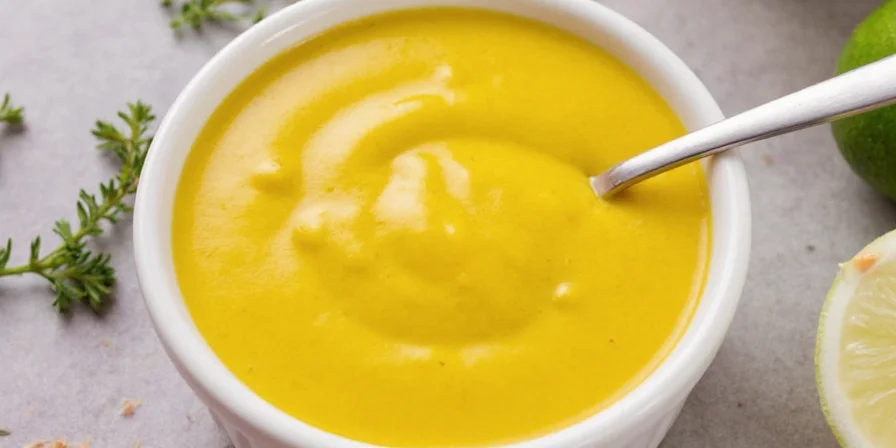









 浙公网安备
33010002000092号
浙公网安备
33010002000092号 浙B2-20120091-4
浙B2-20120091-4